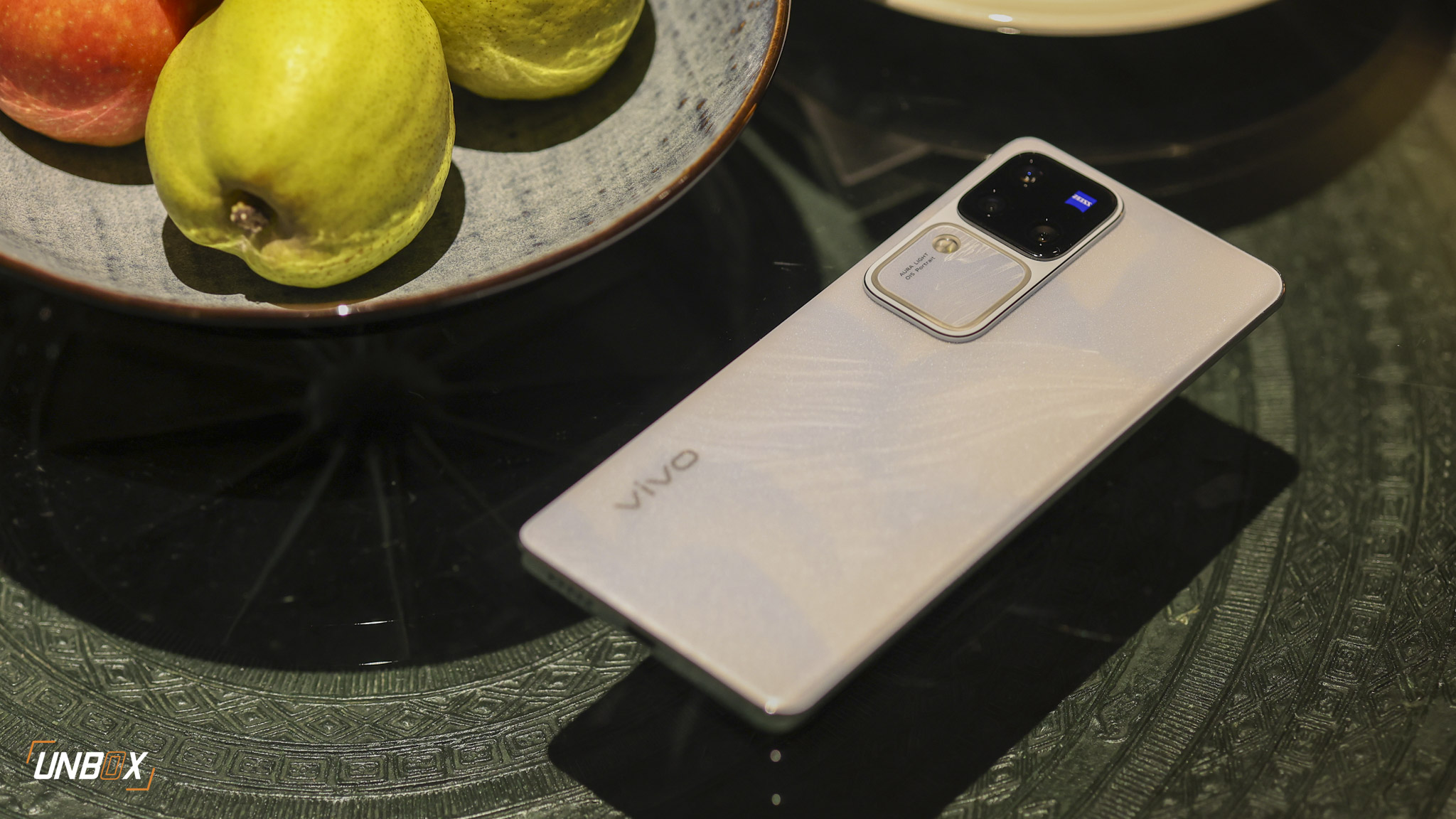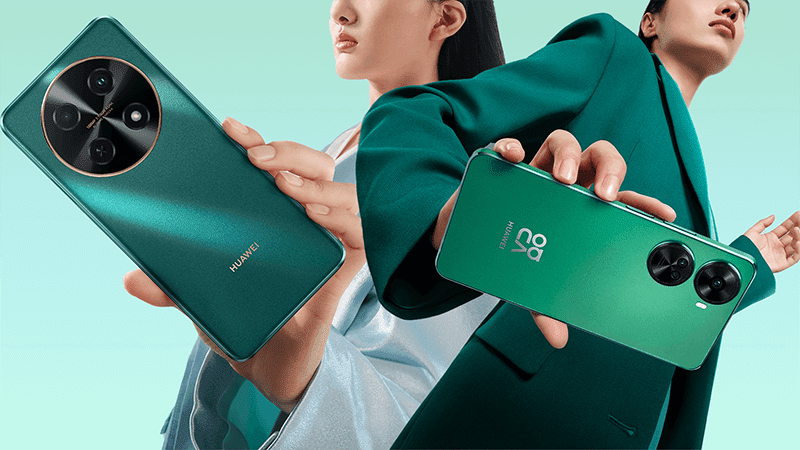It’s looking to be the next design bandwagon
If 2017 was the start of the notch bandwagon that so many people hate, 2018 looks to be the beginning of a whole new design trend that aims to deliver as much screen real estate as is physically possible: pop-up cameras.

Since the announcement of vivo’s APEX concept phone which later materialized into the NEX S, there’s been quite a few phones that has popped up recently that use a sliding, hidden camera: OPPO’s Find X, Xiaomi’s Mi Mix 3, Honor’s Magic 2, with the latest one being Lenovo’s Z5 Pro.

Of the three, vivo and OPPO’s implementation use a motorized component, which means the NEX S and Find X has servos and motors inside of the phones that raise and lower the cameras. The Mi Mix 3, Magic 2 and Z5 Pro require the user to manually raise and lower the camera modules.
The solution has a lot of upsides: it allows the phone to have a true all-screen front since there’s no longer a notch that hides the necessary front-facing camera (other sensors can be carefully hidden in the bezels or placed under the display). Without an ugly notch in front, companies can now start claiming that their phone is virtually all-screen which does wonders for marketing.

There’s a bunch of downsides here though. For motorized slide-out cameras like the ones on the Find X and NEX S, it means greater complexity, an additional motor that can conk out, along with greater power consumption since there’s now a motor raising and lowering that camera every time you use it.

Another downside that’s shared by both automatic and manual sliders is increased complexity and reduced durability. Adding any kind of mechanical component to a product makes it susceptible to wear and tear, no matter how well you put your product together, two different materials interacting together on a regular basis will produce wear given enough time, which WILL impede function.
Ask any old-school cellphone technician that had to fix Nokia N97 slider phones back in the day – adding moving parts in a phone isn’t always a good idea. Gaps and other minute openings created by a sliding mechanism are also invitations for dust, dirt, and grime to get in and impede function.
Is the pop-up camera slider the answer to the notch? I hope not. I’d rather live with a notch that can be turned “off” than risk buying a product that adds mechanical complexity for a problem that isn’t really that big of a deal. What will really kill the notch is the introduction of displays that allows camera sensors to see through when you’re taking a selfie. Samsung’s rumored to be producing such a display, and it won’t be long until we see this kind of tech in our phones in the future.







